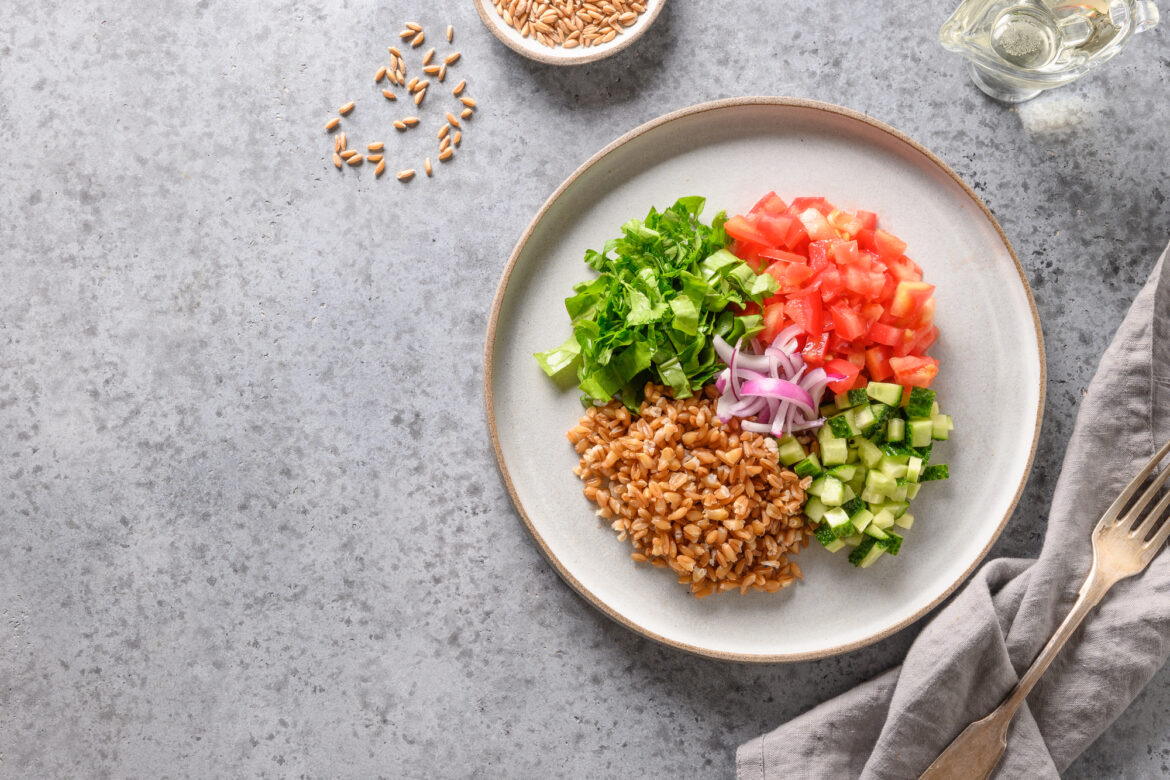Postprandial blood sugar levels tend to experience the most significant increase, and sustained hyperglycemia after meals can contribute to the development of diseases such as diabetes, arteriosclerosis, and cancer. In order to safeguard against these ailments, allow us to present you with dietary practices that help minimize postprandial blood sugar spikes.
What is Insulin?
When it comes to concerns about blood sugar levels, a term that frequently comes up is “insulin.” Insulin is a hormone secreted by the pancreas, and its primary function is to facilitate the uptake of glucose from the bloodstream into cells, such as those in the liver, where it is converted into energy. The secretion of insulin leads to a decrease in blood sugar levels.
People with Excessive Insulin Production
When feeling hungry, it is common for individuals to eat quickly and excessively. As a result, a large amount of insulin is released rapidly, leading to a swift uptake of glucose. This sudden drop in blood sugar levels may cause feelings of hunger shortly after eating, potentially leading to snacking. If this cycle continues, the excess energy is stored as fat, becoming a contributing factor to obesity.
People with Impaired Insulin Production
When insulin production decreases or when insulin doesn’t function effectively, glucose is not properly taken up by cells, leading to excessive sugar in the bloodstream and prolonged periods of high blood sugar levels. This condition commonly occurs in individuals at risk of or in the early stages of diabetes. During fasting tests conducted at hospitals, it can be challenging to obtain conclusive results, leading to the term “hidden diabetes.” If you experience extreme drowsiness and fatigue after meals, even if you don’t have diabetes, it is essential to be cautious and seek medical attention.
Eating Habits and Food Choices for Managing Postprandial Blood Sugar Spikes
The symptoms of excessive, insufficient, or ineffective insulin production can vary, but you can effectively control postprandial high blood sugar levels simply by making adjustments to your eating habits and food choices.
You may have heard on television or elsewhere that when it comes to carbohydrates, brown rice has a lower impact on blood sugar levels compared to white rice, and whole wheat bread is better than refined white bread. This is partly due to the glycemic index (GI) value associated with these foods.
What is the Glycemic Index (GI)?
The Glycemic Index (GI) is a measure of how quickly carbohydrates are converted into glucose in the body. It represents the speed at which carbohydrates raise blood sugar levels. The lower the GI value, the slower the conversion to glucose after consumption, resulting in a more gradual increase in blood sugar levels. When planning meals, it’s important to consider the GI value in addition to calorie content.
Vegetables tend to have a low GI value, but starchy foods like potatoes and pumpkin have higher GI values due to their higher carbohydrate content. Jerusalem artichoke, although often referred to as a type of potato, is actually a member of the sunflower family and has a very low GI value.
For example, when consciously considering the GI value while planning a menu with bread as the main component, the illustration above provides an example. Even with similar menu items, you can create combinations of high GI foods or low GI foods. However, it’s important to note that excessively focusing on blood sugar levels and choosing only low GI foods can result in inadequate energy intake. Additionally, overeating even low GI foods can contribute to obesity. Therefore, it is important to incorporate low GI foods effectively while maintaining a balanced diet.
Things to Consider during Meals
In addition to the GI value, there are some simple steps you can take to minimize blood sugar spikes:
- Drink a glass of water before meals: Consuming a glass of water before a meal helps lower the concentration in the bloodstream and promotes a feeling of fullness.
- Start with vegetables and seaweed, and save rice for last: By consuming fiber-rich foods first, such as vegetables and seaweed, you can help suppress the absorption of sugars.
- Chew your food thoroughly: Aim to chew each bite around 30 times. Chewing your food well stimulates the satiety center, preventing overeating and promoting slower eating. Incorporating low GI foods like brown rice can be even more effective.
- Stick to regular meal times and maintain a balanced diet: Eating meals at consistent times helps regulate insulin secretion and prevents binge eating or overindulging. Additionally, ensuring a well-balanced diet is important.
These small considerations can help minimize blood sugar spikes and contribute to better overall blood sugar management.
Jerusalem Artichoke Supplements
Taking a Jerusalem artichoke supplement 30 minutes before a meal is also recommended. Jerusalem artichoke is often referred to as “edible insulin.” Inulin, a component found in Jerusalem artichoke, helps suppress the absorption of sugars and reduces the burden on a fatigued pancreas. Incorporating Jerusalem artichoke supplements can be an effective way to support blood sugar management.

